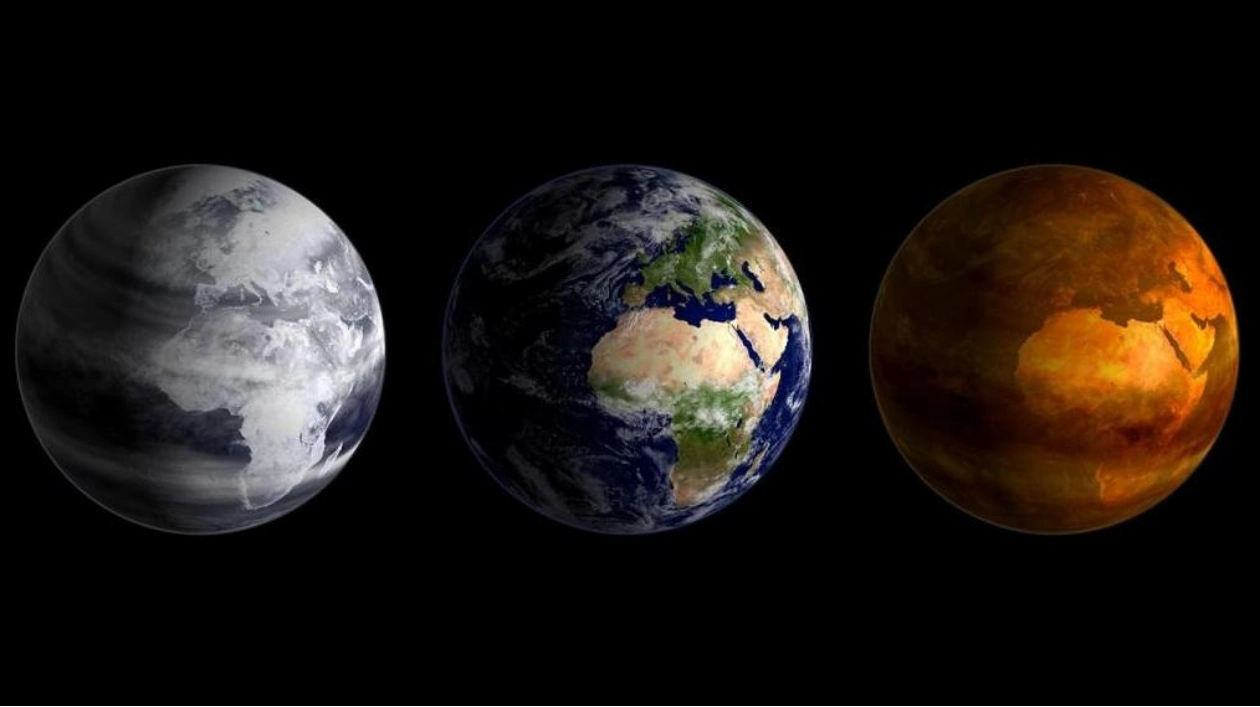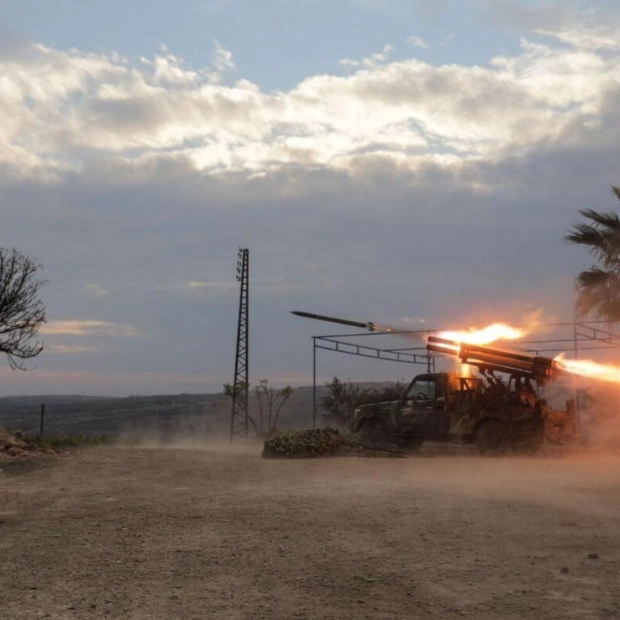Over the past 485 million years, Earth has experienced both significantly colder and hotter periods than previously believed. A new temperature timeline, integrating geologic data with computational simulations, offers a comprehensive and dynamic view of the fluctuations between icehouse and greenhouse conditions throughout this extensive period, which encompasses most of the Phanerozoic Eon. The timeline indicates that Earth's average temperature has dipped as low as 11° Celsius and soared as high as 36° C, as reported in the September 20 issue of Science.
Science News is currently gathering reader inquiries about navigating our planet's evolving climate. What are your concerns regarding extreme heat and its potential to trigger severe weather events? Earlier computer simulation-based reconstructions of temperatures during this era suggested a range of approximately 14° C to 26° C. Interestingly, these temperature variations closely mirrored shifts in atmospheric carbon dioxide levels, overshadowing other factors like changing solar irradiance in influencing Earth's temperature.
Researchers from Washington, D.C.'s Smithsonian National Museum of Natural History initiated the creation of this timeline in 2018 for the museum's new 'Deep Time' fossil hall. However, a persistent question emerged, according to Emily Judd, a former paleoclimatologist with the Smithsonian. Previous studies, employing various methods to estimate ancient greenhouse temperatures, generally indicated warmer conditions than those derived from computer simulations alone for the same periods. The team discovered that this underestimation of past warm periods applied to the entire Phanerozoic. Notably, Earth's tropics were far warmer during these episodes than previously thought.
These reconstructions also provide context for Earth's current warming trend. Presently, the planet's average temperature is around 15° C (59° Fahrenheit), suggesting a relative icehouse condition. Nonetheless, this does not diminish the urgency of human-induced global warming, Judd emphasizes. She expresses concern that climate deniers and skeptics might use this information to argue that there is no cause for alarm. However, this perspective overlooks the critical aspect of the climate crisis—the rate at which CO2 and temperature change. Over the last 2,000 years, Earth has been warming at an unprecedented pace. Organisms can adapt to gradual changes, but rapid shifts in CO2 levels and temperatures outpace their ability to evolve.
This includes humans, who evolved in colder conditions and typically reside near sea level. Earth's resilience does not equate to our capacity to adapt and thrive under human-driven climate change. Questions or comments about this article? Please e-mail us at feedback@sciencenews.org | Reprints FAQ






